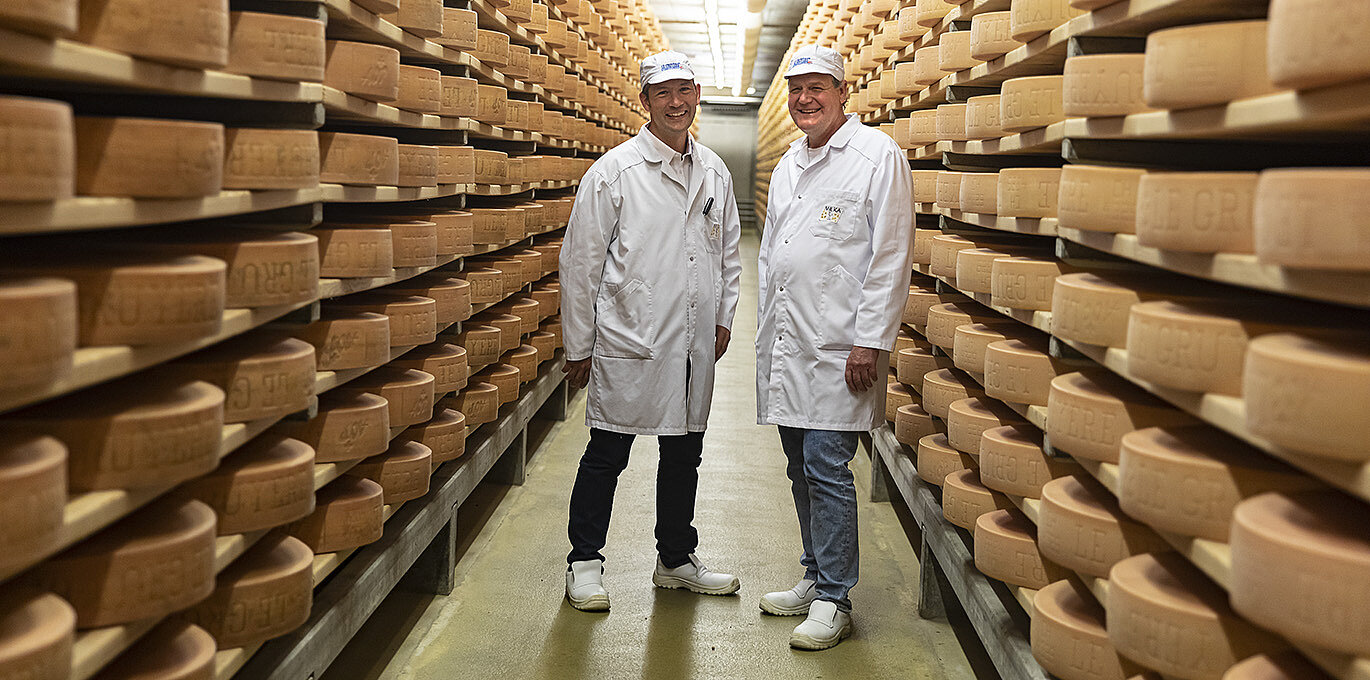Leading Cheese Makers in Melbourne: The Tale of Floridia Cheese Thomastown
Wiki Article
Unlocking the Tricks of Artisanal Cheese Making: A Step-by-Step Do It Yourself Overview
In the realm of culinary craftsmanship, artisanal cheese making stands as a testament to the fragile balance between practice and innovation. Each action in the procedure, from choosing the ideal milk to perfecting aging techniques, holds within it a wealth of knowledge gave with generations. As we begin on this journey to debunk the art of creating elegant cheeses, we are encountered with a tapestry of skills and keys waiting to be unwinded. Join us as we explore the details of this ancient craft, where patience, science, and art converge to create tastes that tantalize the detects.Selecting the Right Milk
When starting the trip of artisanal cheese making, the option of milk plays a critical duty in figuring out the quality and features of the end product. The kind of milk picked affects the taste, structure, and on the whole profile of the cheese. Raw milk, directly from the pet, is favored by many artisanal cheesemakers due to its one-of-a-kind blend of enzymes, germs, and taste substances. Nonetheless, making use of raw milk comes with policies and dangers, making pasteurized milk a safer option for novices.Furthermore, the resource of the milk, whether from cows, goats, sheep, or buffalo, adds distinct flavors and characteristics to the cheese. Each type of milk brings its own nuances, allowing for a wide range of cheese selections to be crafted based on the picked milk.
Culturing and Coagulating
To start the cheese-making process, the essential actions of culturing and coagulating have to be thoroughly executed to transform milk into curds and whey. Culturing includes presenting beneficial germs to the milk, which after that starts the fermentation procedure. These bacteria convert lactose (milk sugar) right into lactic acid, producing the acidic environment needed for coagulation. The kind of society used can significantly influence the taste, texture, and ripening of the last cheese product.
.jpg)
The timing and temperature control during culturing and coagulation are crucial factors that affect the last result of the cheese. Appropriate implementation of these actions is important to make certain the preferred texture, flavor, and uniformity of the artisanal cheese being produced.
Draining and Pushing Curds
After the milk healthy proteins have coagulated and the curds have been cut to launch whey, the following vital step in artisanal cheese making involves draining pipes and pressing the curds to accomplish the desired structure and consistency of the last cheese item. Draining is the process of dividing the curds from the whey. This can be done by transferring the curds right into a cheesecloth-lined bowl-shaped sieve or mold and mildew and enabling the whey to drain off normally. The time for draining pipes can vary relying on the sort of cheese being made and the preferred moisture web content.Once the curds have actually completely drained pipes, the following action is pressing. Pushing aids remove any type of remaining whey and compacts the curds to create a solid cheese wheel. Pushing can be done utilizing specialized cheese presses that apply regular and gentle stress over an amount of time. The period and pressure used during pressing will certainly affect the last texture of the cheese, from velvety and soft to hard and firm. Correct draining and pressing are essential actions that substantially influence the top quality and qualities of the artisanal cheese being created.
Aging and Flavoring Strategies
Executing precise aging and flavoring methods is pivotal in boosting the depth and intricacy of artisanal cheeses, boosting their preference accounts you can try here to exquisite levels of improvement and sophistication. Aging plays an important role in creating the special flavors and appearances that distinguish artisanal cheeses. During the aging process, cheeses are kept in meticulously regulated settings where factors such as humidity, air flow, and temperature level are manipulated to encourage the development of useful mold and mildews and germs. This controlled environment enables celebrity to mature slowly, establishing abundant flavors and complex aromas.Seasoning methods also add considerably to the final preference of artisanal cheeses. Cheesemakers may choose to introduce additional tastes by incorporating components such as herbs, spices, or perhaps fruits into celebrity during the manufacturing process. In addition, some cheeses are washed or scrubed with different fluids, such as brine or alcohol, to improve their tastes and structures.
Wrapping and Storing Cheeses

Final Thought
Finally, understanding this contact form the art of artisanal cheese making entails thoroughly selecting the best milk, following specific culturing and coagulating processes, draining pipes and pushing curds properly, and making use of various aging and flavor methods. By following these actions carefully and with attention to information, you can develop your own scrumptious and one-of-a-kind cheeses in the house. Keep in mind to cover and keep your cheeses properly to make sure ideal flavor and appearance development. Happy cheese making!Each type of milk brings its own nuances, allowing for a broad variety of cheese ranges to be crafted based on the selected milk.After the milk healthy proteins have actually coagulated and the curds have been cut to launch whey, the following critical action in artisanal cheese making includes draining and pushing the curds to achieve the desired appearance and uniformity of the final cheese item. Most cheeses should be wrapped in wax paper or cheese paper to enable them to breathe while safeguarding them from drying out. For cheeses that require to continue aging, such as bloomy peels or washed skins, ensure they are stored in a great environment like a cheese cave or a refrigerator set to the ideal temperature. By paying focus to the wrapping and storage space of artisanal cheeses, cheese makers and fanatics can protect the honesty of these delicacies and totally enjoy their complicated flavors.
Report this wiki page